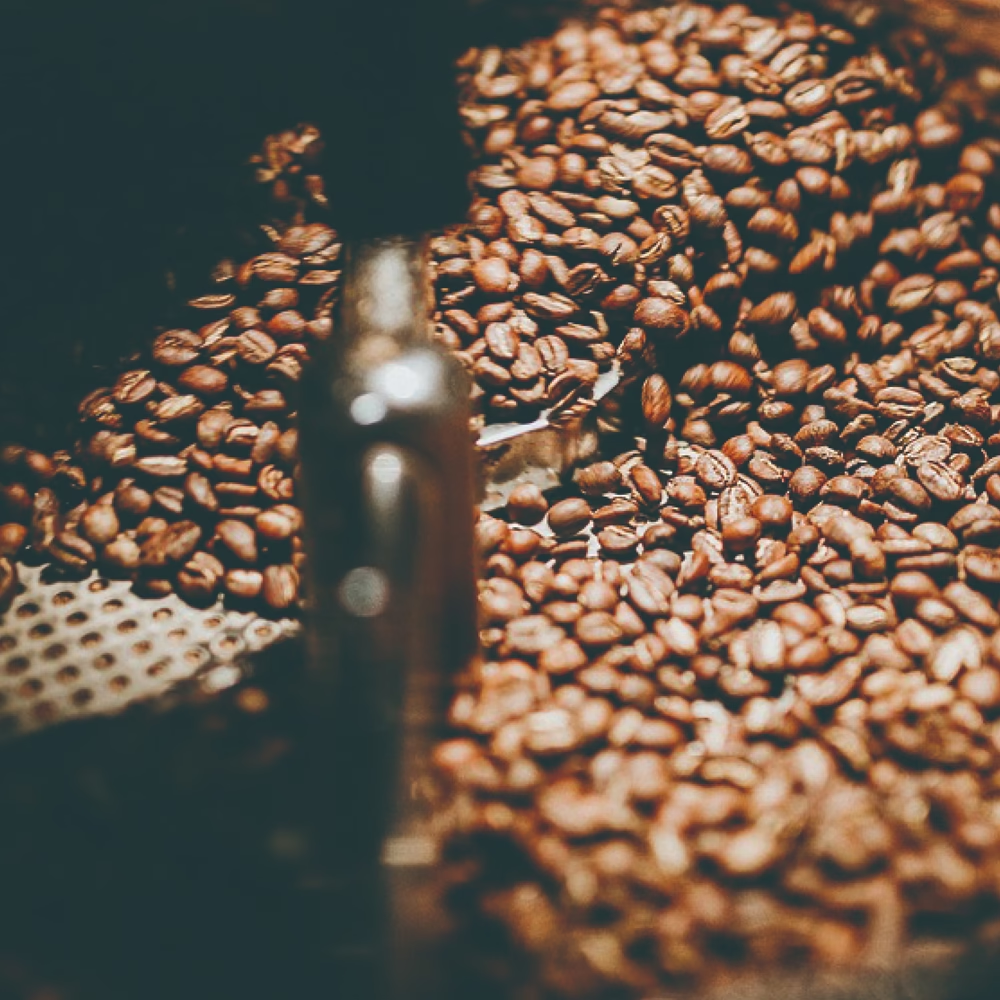I still remember the email from a Dutch café owner in 2022—frustration bleeding through the screen: “Your machine made my Ethiopian Yirgacheffe taste like vinegar. What’s wrong?” We tested the setup immediately. The issue? The machine’s unstable water temperature—spiking to 98℃—burned the delicate floral and citrus notes of the highland beans, turning brightness into bitterness. When we swapped it for our PID-controlled model (with precise 88-94℃ regulation) and adjusted pre-infusion time, the coffee bloomed: jasmine, blood orange, and a hint of white tea. That’s when it hit me: Coffee machines aren’t just “brewers”—they’re translators. Their job? To decode a bean’s genetic flavor code and turn it into a cup your clients will love.
As a coffee machine exporter with 10 years in the field, I’ve seen too many brands fail because they treat machines as “hardware” alone. Today, I’ll break down how your machine’s “translation ability” decides whether a client’s $18/lb specialty bean becomes a bestseller—or a compost bin.

1. First: Know Your Bean’s “DNA”
Every origin has a flavor fingerprint—shaped by altitude, soil, and processing. Your machine must speak this language:
- Ethiopian Yirgacheffe/Sidamo: Light-roasted, with bright citrus, jasmine, or blueberry notes. Requires low-pressure pre-infusion (3-5 bar for 5-10 seconds) to open fragile cells without scalding, plus 88-92℃ water to preserve acidity.
- Colombian Supremo: Medium-roast, nutty, chocolatey, with caramel sweetness. Needs 92-96℃ water and steady 9-bar pressure to extract body without overpowering.
- Brazilian Santos: Low-acid, milk-chocolate and peanut notes. Thrives with 94-98℃ water and longer pre-infusion (10-15 seconds) to release its buttery sweetness.
- Geisha (Panama/Hawaii): Floral, peach, and green tea. Demands ultra-precise 90-94℃ water and 8-9 bar pressure—any deviation burns its delicate terpenes.
Real Case: An Italian roaster once complained our machine “muted” his Geisha. We visited his shop and found he’d set pressure to 11 bar—too high for the bean’s thin cell walls. Adjusting to 8.5 bar and dropping water temp to 92℃ brought back its signature peach blossom aroma. His Geisha became a $25/cup menu star.
2. What Makes a Machine a Great “Translator”?
It’s not about stainless steel finishes or touchscreens. It’s about controllable variables that adapt to bean chemistry:
A. Water Temperature Precision
Fluctuations of even 2℃ can ruin a cup. PID controllers (not just thermostats) hold temp within ±0.5℃—critical for light-roast Ethiopian or Panamanian Geisha.
B. Pressure Adjustability
Not all beans want 9 bar. Light roasts need lower pressure to avoid over-extraction (sourness); dark roasts need higher pressure to break down bitter compounds. Our commercial machines offer 5-11 bar adjustable range—perfect for export markets selling mixed bean profiles.
C. Pre-Infusion Modes
Some beans (like natural-processed Ethiopians) need longer pre-infusion to saturate dried cherries. Our “Dual Pre-Infusion” feature lets you set 5-second (light roast) or 15-second (dark roast) cycles—no guesswork.
D. Flow Rate Control
Steady flow prevents “channeling” (water rushing through weak spots, over-extracting some parts and under-extracting others). Our machines use precision valves to keep flow consistent, even with oily dark roasts.
3. Export Pitfalls: Don’t Let “One-Size-Fits-All” Kill Your Sales
Over the years, I’ve seen exporters make three fatal mistakes:
- Selling “pretty” machines, not functional ones: A Saudi client bought a flashy machine with no PID—his Brazilian beans tasted burnt. We replaced it with a防潮 (moisture-proof) model with dual boilers, and his sales rebounded 25%.
- Ignoring regional needs: Hard water in the Middle East clogs machines and alters taste. Our export line adds anti-scale filters and voltage stabilizers—critical for markets like UAE or Egypt.
- Skipping training: A German retailer didn’t teach staff how to adjust pressure for Ethiopian beans. We flew in a tech to run a 2-day workshop—now 80% of their clients ask for “the Sheen-configured machine.”
FAQs: Solving Your Clients’ Taste Woes
Q1: A client says our machine makes their Colombian beans taste “flat.” What’s wrong?
A: Flatness usually means under-extraction. Check if they’re using enough pressure (9 bar) and pre-infusion (10 seconds). Colombian beans need those to release their nutty sweetness—if the machine only does 7 bar, it’ll taste dull.
Q2: How do I explain “translation ability” to a non-technical buyer?
A: Use analogies: “Think of your bean as a poem in Amharic. Our machine is a translator—turning those words into a cup of coffee your customers can taste.” Then show side-by-side tests: same bean, same grind—our machine vs. a basic one. The flavor difference sells itself.
Q3: What machine specs matter most for export?
A: PID temp control (non-negotiable for specialty), adjustable pressure (5-11 bar), and region-specific adaptations (anti-scale for Middle East, voltage stabilizer for Southeast Asia). Our “Global Export Series” checks all these boxes.
Wrapping Up: Be the Bridge Between Beans and Taste
For 10 years, I’ve learned: The best coffee machine exporters don’t sell hardware—they sell solutions. They know a Kenyan SL28 needs different treatment than a Brazilian Cerrado, and they build machines that respect that.
At Sheen, we’ve invested in R&D to make “translation” easy:
- A “Bean Match Tool” on our website—input origin/roast, get recommended machine settings.
- Custom export configs—moisture-proof, voltage-adaptive, and pre-set for popular origins (Ethiopia, Colombia, Brazil).
- 24/7 tech support—if your client’s machine is struggling with a rare Geisha, we’ll help debug it overnight.
Stop letting “good enough” machines dilute your clients’ bean investments. Give them a translator that honors the craft of coffee—so their customers keep coming back for more.
Stay curious about the science of taste. Stay committed to making every cup count.
Stay Sheen.
P.S. Got a client struggling with bean-machine mismatch? Send us their bean profile—we’ll recommend the perfect Sheen machine to unlock its flavor!
**Welcome to follow Sheen’s blog for more coffee export insights, and feel free to inquire about pricing or custom solutions—we’re here to grow your business, one delicious cup at a time!*

